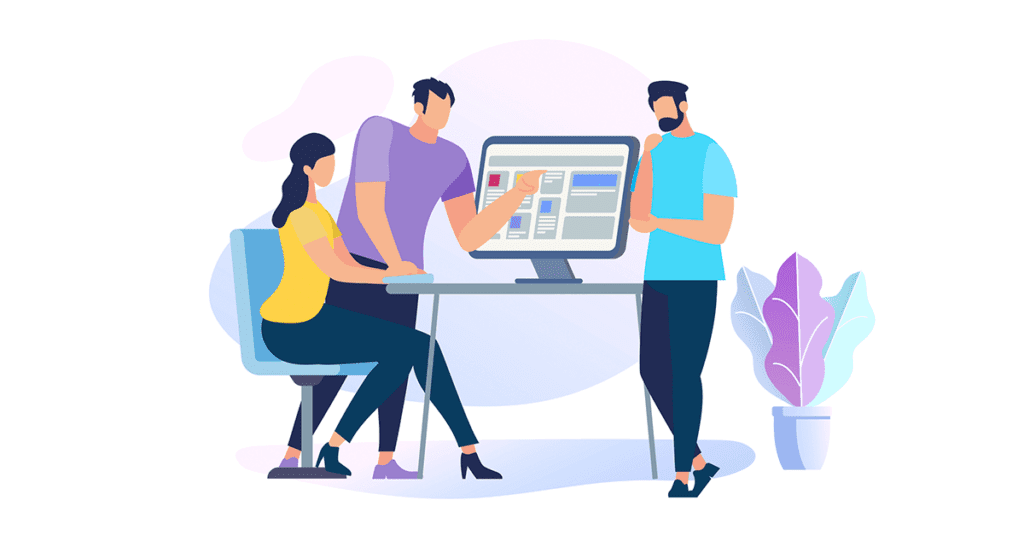Workforce Readiness & Learning: What Employees Need Right Now

It may not be a global pandemic. It could be a hurricane, a change in the economic climate, a major market shift, or any number of unforeseen factors that could disrupt business.
But you can achieve predictability in unpredictable times.
There are three best practices in learning and development (L&D) today that you can rely on to ensure workforce readiness and business continuity.
Driving Learning Agility
Even in a post-pandemic environment, learning is still not integrated with work. Content is trapped in paper binders, bulky learning management systems (LMS), or scattered throughout the organization–it’s hard for employees to find when they need it.
And even with the mad rush to take learning to a digital environment when everyone was in lockdown, learning effectiveness is still lacking. Ventana Research asserts that through 2021, 50% of organizations will come to the conclusion that digital transformation hasn’t adequately prepared them for business continuity.
Change happens fast so that means your learning and training has to keep up, and it has to be immediately accessible anywhere, anytime. You need to be able to work with your line of business experts in a fast-paced environment where you can publish and push out mission-critical knowledge instantly.
Employees need to be able to find what they need when they need it so that means the employee experience has to be simple, streamlined like most mobile apps today. Content has to look great and engaging on any device and it has to fit within your existing L&D system ecosystem (because who has money and time for a huge technology implementation).
At this point, you might be saying to yourself, “Yes, I know all of this but how do I get there?”

Delivering a Great Learning Experience
First, you need to take a look at your current efforts in building workforce engagement. Do you get feedback directly from your employees? That’s where you’ll find key information on how what works and what doesn’t. You won’t be able to do this by just guessing. Ask your employees.
From there, you can create an environment for continuous learning.
But, you also have to make sure you’re building the skills employees need to respond to anything in the future. What’s your technological approach to building skills? Are you refreshing content on a regular basis? How is that accomplished? Can that process keep up with the pace of change? Then it’s about building learning pathways that link to skills development and career advancement. This is how you ensure workforce readiness.
Not everybody is around a physical table anymore with their devices. They’re in remote locations or they’re apart from each other by six feet or more. If you prioritize the learning experience and embrace collaborative learning then no matter where employees are they’ll get the connection that’ll make learning and training more impactful.
Embracing a Digital Modern Learning Platform
We’ve talked about this before, but it’s good to review how operational learning differs from traditional learning because that’s where the rubber meets the road in today’s modern learning environment.
Operational learning is directly aligned to the lines of business to drive business results. It’s learner-centric so it’s available anywhere, anytime on any device. Operational learning leverages your mission-critical content and knowledge so it can’t be developed or delivered through traditional LMS or in the classroom. It has to be available at the moment, on the job.
That means you need a modern learning platform that’s digital, delivers a single source of truth, enables collaborative authoring and instant publishing, provides structured pathways, and that works with a wide range of systems (because once again, no one has time for a costly technology investment that doesn’t fit in with your existing systems).
The reality is there’s no “one-size-fits-all” in terms of technology. Your systems have to adapt and add on when newer technology provides more flexibility. A modern learning platform that allows you to easily create, publish, distribute, share, and measure the impact of engaging, operational learning content enables you to prepare employees for the future of work.
And we all know that the future of work is already here.
